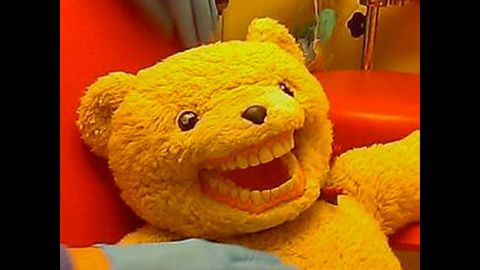
Subtitles & vocabulary
Why Are Things Creepy?
00
Halu Hsieh posted on 2013/08/25Save
Video vocabulary
feel
US /fil/
・
UK /fi:l/
- Verb (Transitive/Intransitive)
- To be aware of or experience an emotion, sensation
- To sense through direct contact; touch
A1
More language
US /ˈlæŋɡwɪdʒ/
・
UK /ˈlæŋgwɪdʒ/
- Noun (Countable/Uncountable)
- Words or signs used to communicate messages
- A specific system for communication, such as English or French.
A1TOEIC
More Use Energy
Unlock All Vocabulary
Unlock pronunciation, explanations, and filters
